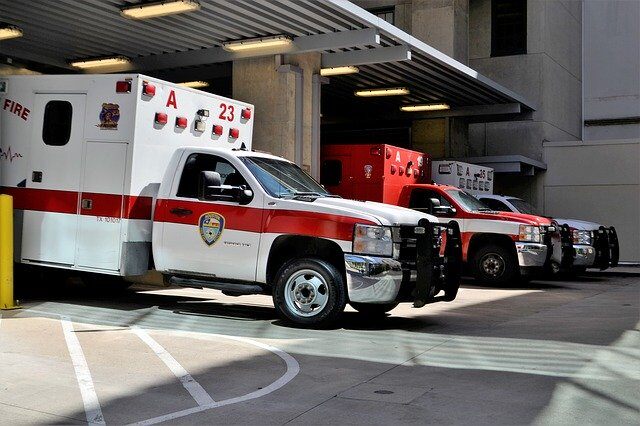Special Maintenance for EMS Vehicles

Emergency medical services vehicles have a unique set of demands they need to fulfill. From being able to travel at high speeds, brake suddenly, and be available in emergency situations, these EMS vehicles need to be able to perform at a high level.
As the National Highway Traffic Safety Administration marks EMS Week, take a look at some of the maintenance services that should be performed on emergency medical services vehicles.
- Take vehicles in for their annual DMV inspections, as needed.
- Check fluid levels and refill as needed. This can include transmission fluid, coolant, windshield washer, and more.
- Change the oil as recommended by the manufacturer.
- Check and change the filter as needed.
- Check the tires tread and pressure and rotate as specified by the manufacturer.
- Check the battery and replace as needed. It’s especially important to inspect the battery in the summer and winter months, when weather and temperatures are more extreme.
- Inspect all lights, including headlights, taillights and light bars.
- Check the sirens.
- Inspect the electrical system.
- Inspect the belts, hoses and clamps.
- Check all doors and gaskets.
- Inspect the brakes, including the emergency brake and the brake pads.
- Check the heating and air conditioning systems.
- Check the exterior of the vehicle for damage.
- Check the interior of the vehicle for damage.
- Inspect any items or systems that are unique to the vehicle.
To learn how RTA Fleet Management Software can help your EMS fleet run more efficiently, contact us today to schedule a demo!
